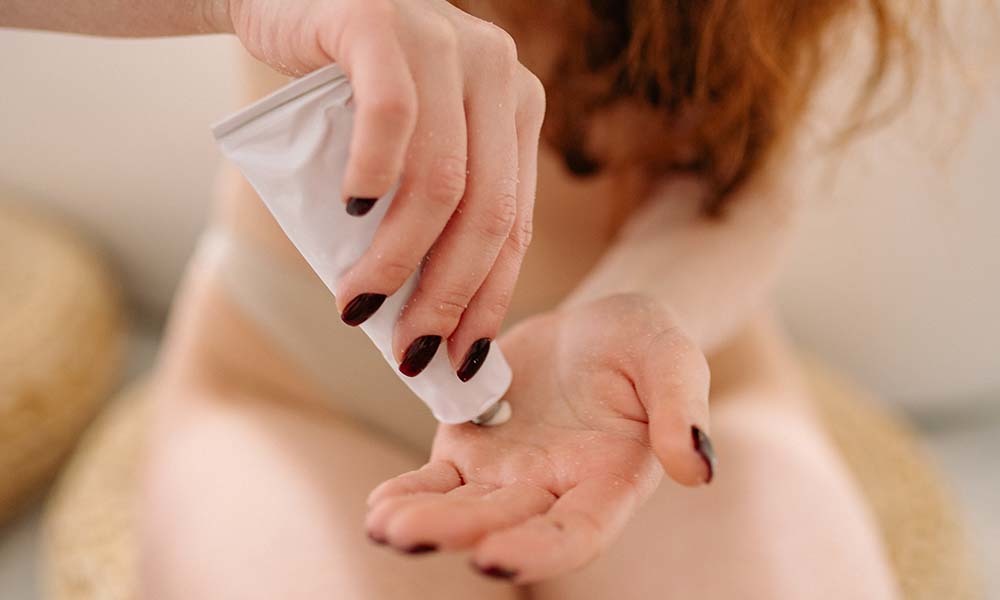
How To Include Hyaluronic Acid and Retinol In Your Skincare
these will change everything.
Retinol, hyaluronic acid, retinoid... there are so many terms in the lexicon of skin addicts. While each provides multiple skin advantages, learning how to include them in one's beauty routine demands some adjustments.
Mesotherapy can be used to introduce substances like hyaluronic acid and retinol into the skin, delivering them directly to the targeted area. These substances are often used for cosmetic and skin-rejuvenating properties.
Should hyaluronic acid, a ubiquitous chemical, be used before or after retinol?
A breakdown of Hyaluronic acid
Hyaluronic acid is a naturally occurring molecule found in almost every tissue in the body. It's also one of the most frequent chemicals in anti-aging treatments like moisturizers and serums.
There are various types of hyaluronic acid, each with its own set of advantages. Hyaluronic acid serum, which can be mixed with or used alone, is standard.
Many folks are unsure if they should apply retinol before or after the hyaluronic acid serum. This post will provide some pointers to assist you in making that selection!
The advantages of hyaluronic acid

The potential of hyaluronic acid to hold up to 1000 times its weight in water is well recognized. Our bodies ability to retain water decreases as we age.
Applying hyaluronic acid to your skin is an excellent method to prevent the creation of fine lines and wrinkles by keeping the skin moist.
Hyaluronic acid also prevents dry skin, making it ideal for persons prone to dehydration.
Besides, Hyaluronic acid is frequently seen as a thick gel or liquid that moisturizes the skin. Therefore, hyaluronic acid serum, which can be mixed with or used alone, is standard.
Hyaluronic acid is also utilized in eye creams since it has anti-aging effects that can aid this sensitive area.
So, how about retinol?
Retinol is a vitamin A derivative that can be found in both over-the-counter and prescription treatments. It is also one of the most effective substances for wrinkle reduction and skin texture improvement.
When used with other anti-aging substances like hydroxy acids or peptides, retinol improves the efficacy of these medicines.
Because it might induce sensitivity to sunlight and make your skin more vulnerable to UV radiation, retinol usually is administered at night.
Is it better to apply hyaluronic acid before or after retinol?

When it comes to retinol application, the answer is that it depends. If you only use a retinoid that contains retinol (or retinaldehyde), apply it before the hyaluronic acid since these two components can react and create irritation.
Retinols, on the other hand, typically contain one or more inactive ingredients: glycerin, propylene glycol, alcohol, and methylisothiazolinone.
Apply your retinol before your hyaluronic acid serum if it contains any of these inactive components.
When should you use retinol?
In general, retinol should be used first, followed by any other products. Retinol is a concentrated vitamin A that might make your skin susceptible to sunlight and other topical treatments.
It is therefore advisable to apply retinol-containing creams at night for optimum results.
Retinoids are also recognized for their exfoliating qualities, and many people feel the need for a more thorough wash after using them. This is where your hyaluronic acid serum can help! Then apply it and watch the magic unfold!
How do you combine the two products?
Because both retinol and hyaluronic acid help minimize the appearance of wrinkles, using them together can be beneficial. However, there are certain things to consider when combining the two items!
The first factor to consider is how frequently you intend to use each product. If you want to use them rarely or on specific skin regions, apply them individually so they can infiltrate the skin before the next application. If, on the other hand, you want to use both items regularly until they are depleted, using them at the same time will yield faster results!
Safety Tips
When using hyaluronic acid in skincare, perform a patch test before applying it to check for allergies or sensitivity. Choose reputable brands for quality. Follow usage instructions regarding application times and layering with other products. Use sunscreen during the day.
Avoid overuse; start with a small amount. Ensure adequate humidity or use a humidifier in dry conditions. Consult a dermatologist for sensitive skin or existing conditions. Avoid applying near the eyes and stay internally hydrated. Monitor your skin's reaction and adjust your routine as needed. Discontinue use and seek advice for severe reactions.
Skip the delicate eye area and follow with moisturizer to counteract dryness. Apply daily SPF 30+ sunscreen to prevent sun damage. Also, avoid combining with other potent actives. Maintain consistency and consider seeking dermatologist advice for newcomers or sensitive skin.
Avoid retinol during pregnancy or nursing. Refrain from waxing or using depilatory creams in retinol-treated areas to prevent irritation. While mild redness and flaking are normal initially, discontinue use and consult a professional for severe reactions.
For what skin type?

Another factor to think about is compatibility with your skin type. For example, in persons with sensitive skin, retinol can cause inflammation. As a result, it is advisable not to use this product on inflamed or injured skin.
In addition to these concerns, remember that retinol and hyaluronic acid have a shelf life. Accordingly, retinol begins to lose its efficacy after three months. Try to renew the bottle in the following year. On the other hand, hyaluronic acid might last to six months before replacement.
Up next, Essential Areas To Focus On In Male Grooming










